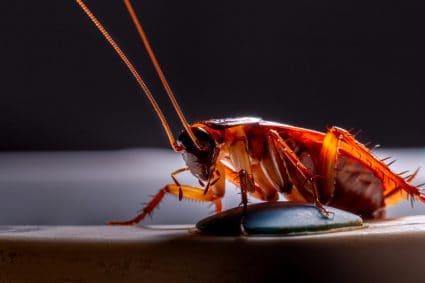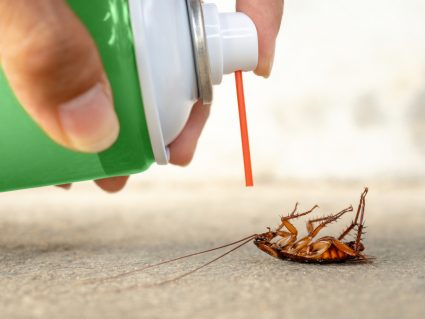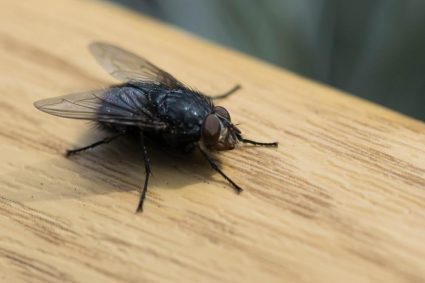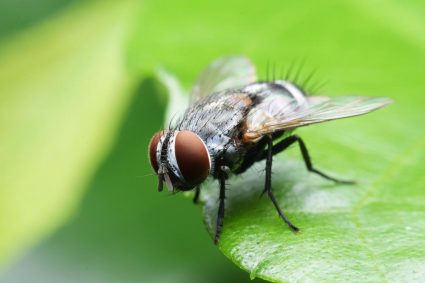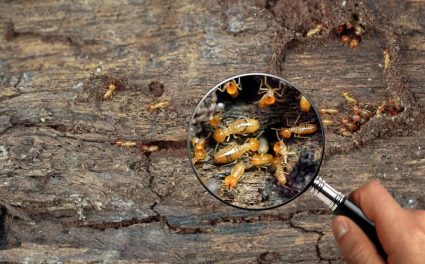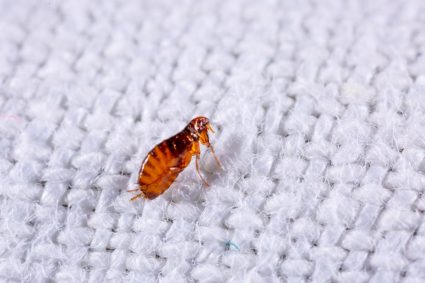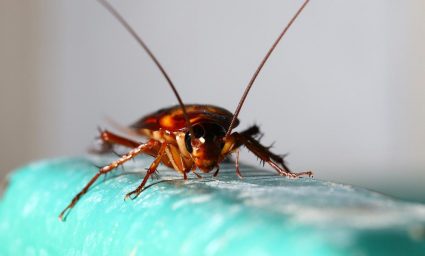
Pyrethrin is a natural insecticide derived from chrysanthemum flowers that’s known for its potent insecticidal activity. It’s commonly used to control a wide range of pests including mosquitoes, fleas, flies, moths, and ants. But does pyrethrin kill stink bugs? The answer is yes, but with a caveat.
Yes, pyrethrin does kill stink bugs. Pyrethrin, a natural insecticide derived from chrysanthemum flowers, is known to be effective against various stink bug species. However, its effectiveness can vary depending on the species and life stage of the stink bug, as well as the specific pyrethroid used. It’s also worth noting that while pyrethrin can kill stink bugs, it may not provide long-lasting protection due to its short residual control.
What is Pyrethrin?
Pyrethrin is a class of organic compounds that are known for their insecticidal properties. These compounds target the nervous systems of insects, disrupting their functions and leading to their death. Pyrethrin is derived from chrysanthemum flowers and is often used in combination with other chemicals to increase its effectiveness.
How Pyrethrin Works as an Insecticide
Pyrethrin works by binding to and disrupting the voltage-gated sodium channels in insect nerves. This causes alterations in nerve functions, leading to the excitation of the nervous system followed by paralysis and eventually death. Insects are more susceptible to pyrethrin than mammals because of their higher nerve sensitivity, smaller body size, lower skin absorption, and less efficient metabolism.
Pyrethrin vs. Stink Bugs
Stink bugs are susceptible to pyrethrin. Pyrethroid insecticides, which include pyrethrin, are considered effective against various stink bug species. However, the susceptibility of stink bugs to pyrethroids can vary among species. For instance, brown stink bugs are less susceptible to pyrethroid insecticides than green and southern green stink bugs.
Pyrethrin has a short residual control, which means it may not provide long-lasting protection against stink bugs. This is where the caveat comes in. While pyrethrin can kill stink bugs, it might not be the most effective long-term solution for controlling stink bug populations.
Efficacy of Pyrethrin Against Stink Bugs
The efficacy of pyrethrin in killing stink bugs can vary. Some studies have reported high mortality rates in stink bugs when treated with pyrethroids like bifenthrin, lambdacyhalothrin, and deltamethrin. However, the effectiveness of pyrethrin and other pyrethroids can vary widely among pest species.
Therefore, the efficacy of pyrethrin in killing stink bugs depends on the species and life stage of the stink bug, as well as the specific pyrethroid used. It is essential to consider an integrated pest management approach, which may include monitoring, exclusion, and rotating effective modes of action, to effectively control stink bugs.
Potential Drawbacks of Using Pyrethrin
While pyrethrin is an effective insecticide, there are potential drawbacks to using it to control stink bugs. These include its toxicity to beneficial insects, its short residual control, its potential to cause irritation and harm to humans and animals, its toxicity to aquatic life, and its limited effectiveness against adult stink bugs.
Alternative Solutions to Control Stink Bugs
If pyrethrin is not available or not effective, there are several alternative solutions to control stink bugs. These include home remedies, mechanical exclusion, DIY traps, essential oils, sticky traps, diatomaceous earth, neem oil, insecticidal soap, and pyrethrin-based aerosol.
In conclusion, while pyrethrin can kill stink bugs, its effectiveness varies depending on the species and life stage of the stink bug, as well as the specific pyrethroid used. It is essential to consider an integrated pest management approach, including monitoring, exclusion, and rotating effective modes of action, to effectively control stink bugs.
Frequently Asked Questions
What are some examples of pyrethroid insecticides?
Pyrethroid insecticides include compounds like bifenthrin, permethrin, deltamethrin, cypermethrin, and lambda-cyhalothrin, among others.
Is Pyrethrin safe for humans and pets?
While pyrethrin is generally safe for humans and pets, it can cause irritation if it comes into contact with skin or eyes. It’s also toxic if ingested or inhaled in large amounts. Therefore, it’s important to use it carefully and follow all safety instructions on the label.
Why is Pyrethrin toxic to aquatic life?
Pyrethrin is toxic to aquatic life because it affects the nervous system of all animals, not just insects. Aquatic organisms like fish and invertebrates are particularly sensitive to pyrethrin.
How can I use Pyrethrin safely to control stink bugs?
When using pyrethrin to control stink bugs, make sure to apply it in the late evening or early morning when beneficial insects are less active. Always follow the instructions on the product label and avoid spraying near water sources to protect aquatic life.
Can Pyrethrin be used indoors to control stink bugs?
Yes, pyrethrin can be used indoors to control stink bugs. However, it’s important to use it sparingly and in well-ventilated areas, as it can cause respiratory irritation. Always follow the product’s instructions for indoor use.

